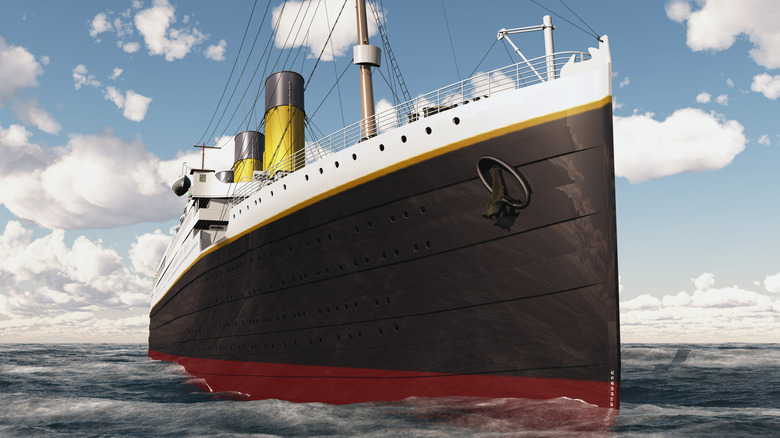The opulent RMS Titanic, operated by the White Star Line, embarked on its inaugural journey in April 1912, departing from England and en route to New York City, amidst great fanfare. Dubbed the Millionaire’s Special due to the affluent passengers aboard, the Titanic, once deemed unsinkable, tragically sank after colliding with an iceberg on April 14-15, 1912, resulting in the loss of approximately 1,500 lives, including some of the wealthiest individuals of the time. Of the 324 first-class passengers, an estimated 123 perished, accounting for 39% of them.
This tragic event included the loss of 47-year-old John Jacob Astor IV, one of the wealthiest individuals of the era and the first American to achieve multi-millionaire status. A real estate mogul, his legacy includes the development and ownership of the Waldorf-Astoria hotel. At the time of his demise, he had amassed around $80 million, equivalent to $200 billion today. Adding to the heartbreak, he was returning to America with his 18-year-old pregnant second wife, Madeleine, following their honeymoon. Although she survived, John Jacob Astor never met his namesake son. Madeleine lived off the income from a $5 million trust and resided in Astor’s Fifth Avenue mansion until her remarriage, which resulted in the loss of those privileges. Astor had planned to bequeath his fortune to Madeleine’s child once they returned to New York. However, since this did not transpire, his first son, Vincent, inherited the estate. Vincent Astor subsequently donated much of his fortune to establish and fund institutions such as the Metropolitan Museum of Art, New York Public Library, and the Bronx Zoo.
Additional wealthy people who died on the Titanic

Isidor Straus, co-owner of Macy’s, also perished on the Titanic, leaving behind an estate valued at $3.5 million. While perhaps modest compared to Astor’s immense wealth, Straus was a significant political figure, having served in the House of Representatives from 1894-1895. On the Titanic, Straus refused to board a lifeboat, and his wife Ida followed suit. Before placing her maid, Ellen Bird, on the lifeboat, Ida gifted her a fur coat. Ida left behind a $300,000 estate, bringing their combined assets to nearly $4 million (approximately $90 million today).
Railroad magnate Charles Melville Hays was also aboard the Titanic. Serving as the president of the Grand Trunk Railroad, Hays faced a substantial debt of $100 million ($2.8 billion today). He had been in England with his family, seeking financial solutions for the railroad’s issues. To return to the United States, the Hays family accepted a personal invitation from the White Star Line’s chairman, J. Bruce Ismay, to sail on the Titanic. When the iceberg struck, Hays assisted his wife, daughter, and maid into a lifeboat. Sadly, he, his son-in-law, and his male secretary did not survive. Despite the railroad’s debt, Hays left an estate valued at $565,000, roughly $15.8 million today.
Habits of millionaires

Examining the lives of three wealthy individuals who perished on the Titanic reveals that millionaires have a variety of life stories, similar to those with more average incomes and assets. However, the world’s wealthiest individuals often share common habits and traits. The location of residence can also play a role. In descending order, the cities with the most millionaires in the United States are New York, Los Angeles, the San Francisco Bay area, Chicago, and Houston. Millionaires typically manage their financial habits in similar ways. After interviewing over 100 millionaires, journalist Jaime Catmull shared her findings with CNBC Make It, highlighting how millionaires do not dwell on past failures but rather learn from their mistakes.
Some American millionaires become the nation’s most significant donors, much like Vincent Astor, who contributed greatly after losing his father in the Titanic tragedy. According to Forbes’ list for 2025, the top three philanthropists were Warren Buffet and family, Bill and Melinda French Gates, and George Soros. Collectively, they have donated nearly $133 billion.
“`






